Search
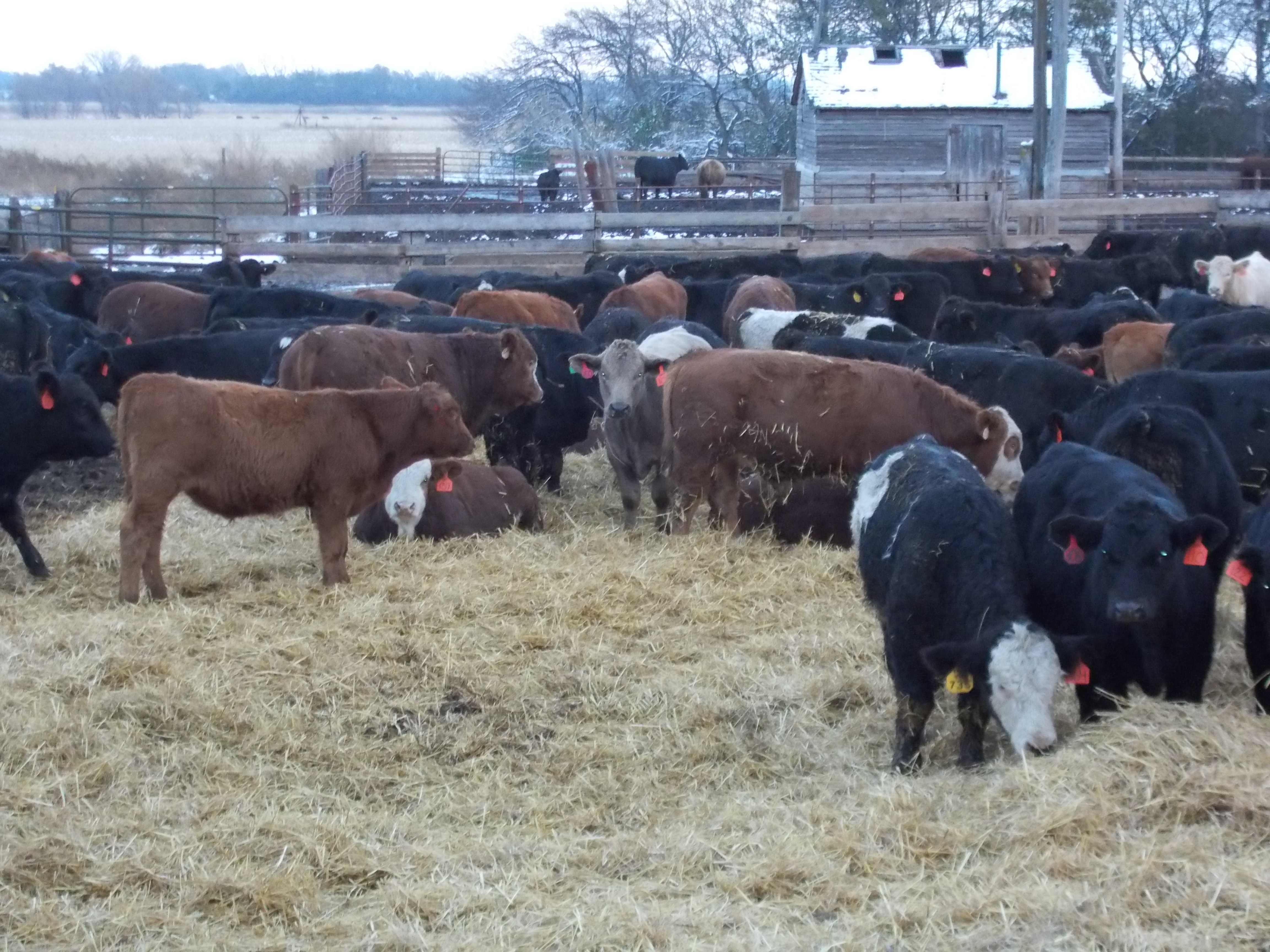
Managing Cattle Through Winter Weather Conditions
Winter weather conditions often present challenges to cattle managers in the Northern Plains. Although we can’t alter the weather, there are management steps that can be taken to help maintain cattle health and performance.
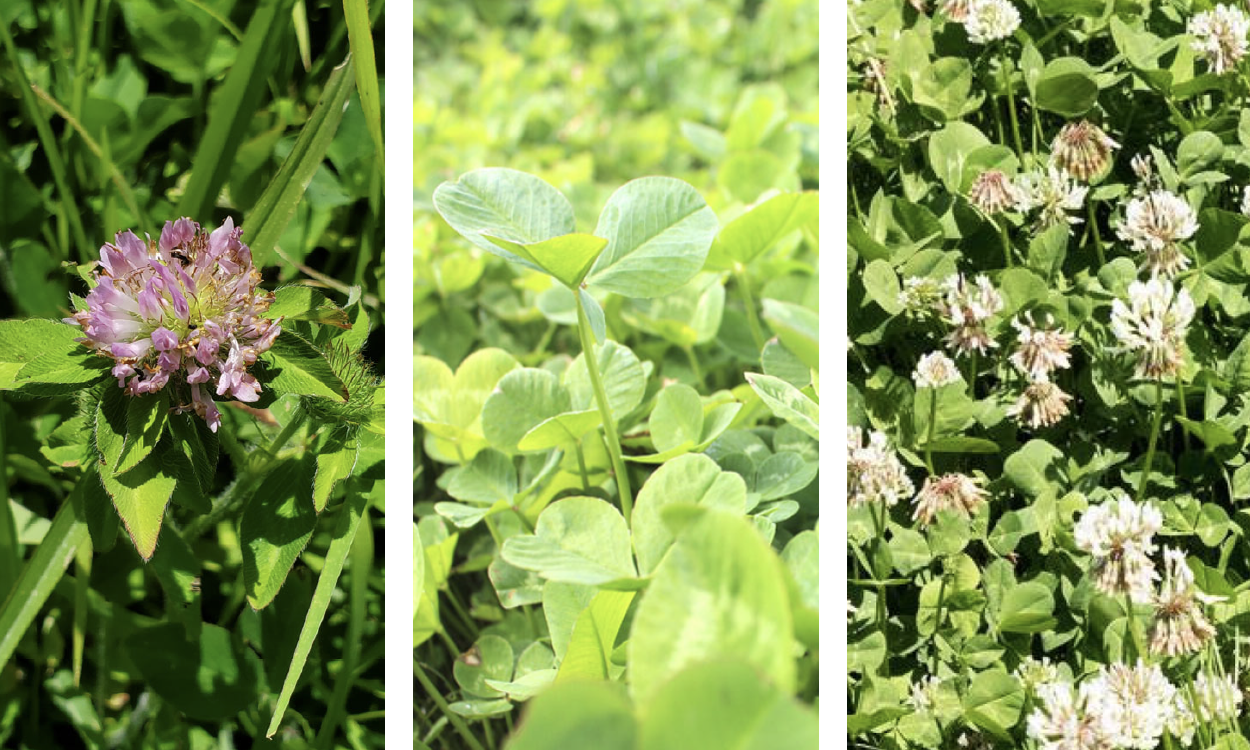
Integrating Clover Cover Crops for Pepper and Broccoli Production
South Dakota gardeners and specialty crop producers have expressed a need for cover crop research. Learn about a recent research project investigating clover cover crop integration for pepper and broccoli production.

Understanding the New Folks in Town
In rural communities, making an effort to understand newcomers better may result in them staying in your community longer, while also attracting more people like them.
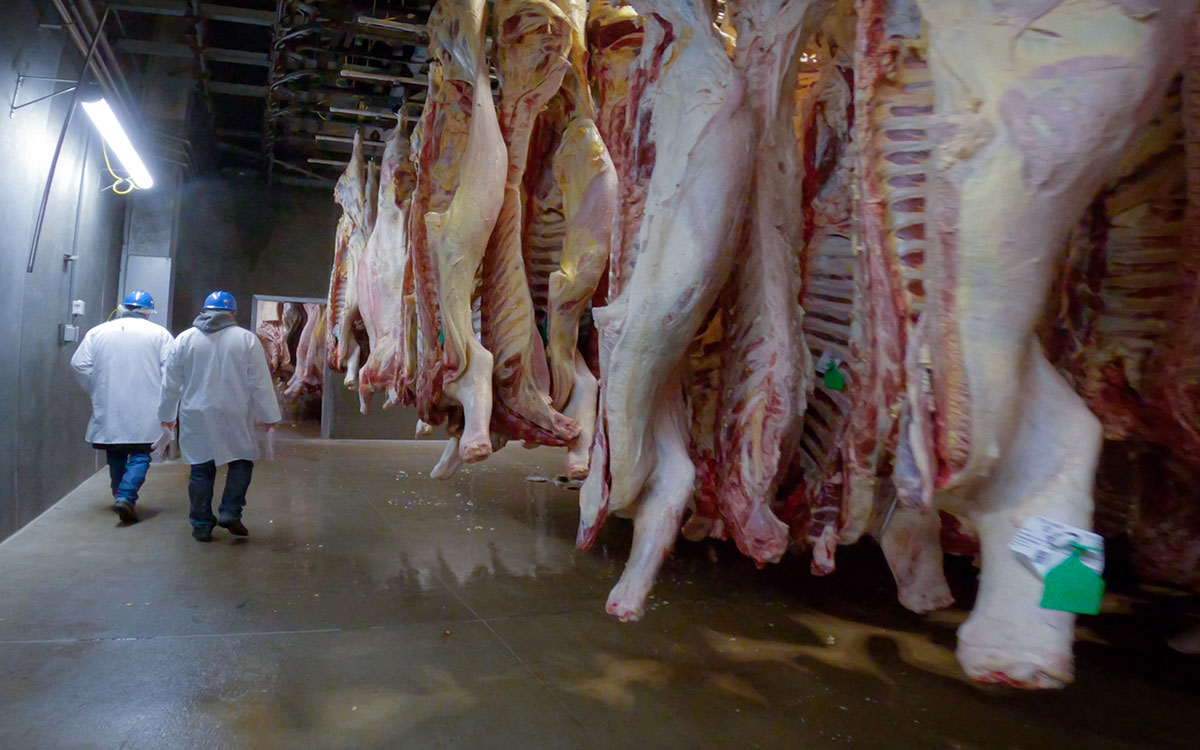
Impacts of Beef Hot Carcass Weight on Steak Palatability
The beef industry is constantly evolving, with producers striving for maximum efficiency and high product quality. Recent research at South Dakota State University evaluated the impact of beef hot carcass weight and product aging on steak palatability.
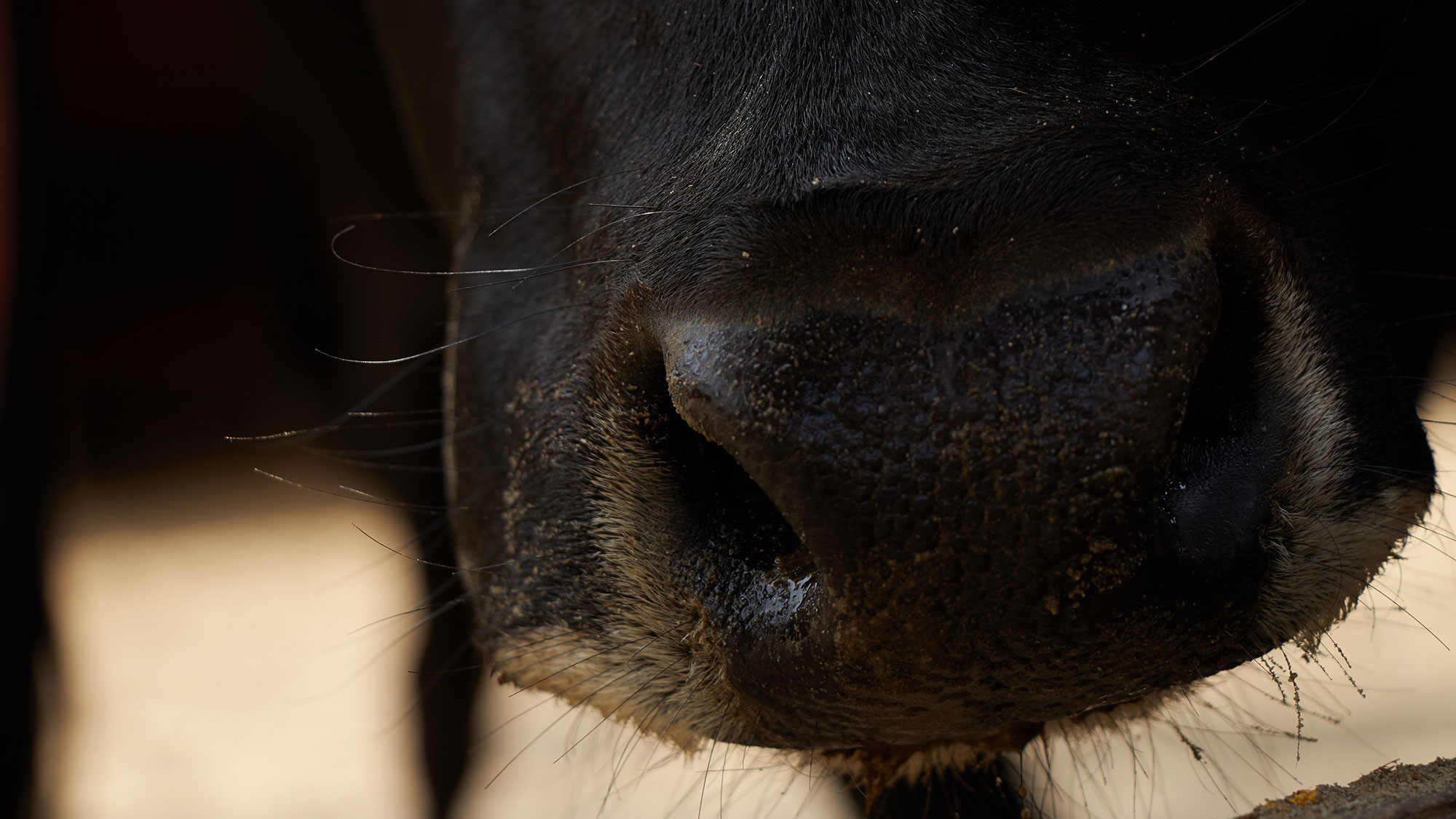
What Livestock Owners Should Know About Vesicular Stomatitis
Because it’s not a common occurrence in most areas every year, reports of Vesicular Stomatitis (VS) in the media often raise questions among livestock owners. Here are answers to some of the more-common ones that may pop up.
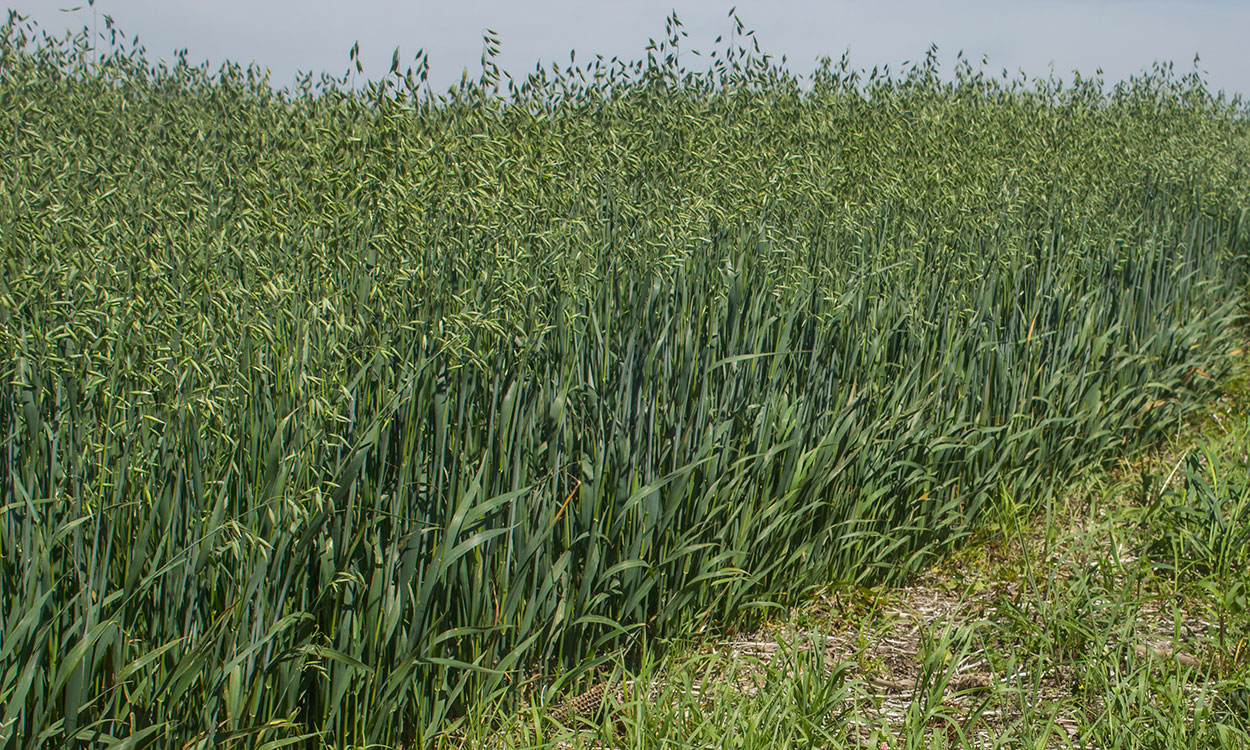
SDSU Extension to kick off Crop Hour webinar series in January
January 23, 2023
Starting Jan. 24, crop producers can hop online from 10 to 11 a.m. CST every Tuesday through Thursday to hear the latest information in crop management and agronomic research from SDSU Extension.

SDSU Research Shows Effects Of Volunteer Corn In Corn And Soybeans
In 2007, researchers at South Dakota State University indicated that volunteer corn is much less competitive in corn than soybean. The South Dakota study (Alms et al. 2007) evaluated the full season effect of a range of volunteer corn densities (800-14,000 plants/acre) on both corn and soybean and reported yield losses that ranged from 0% to 13% in corn and 0% to 54% in soybean.
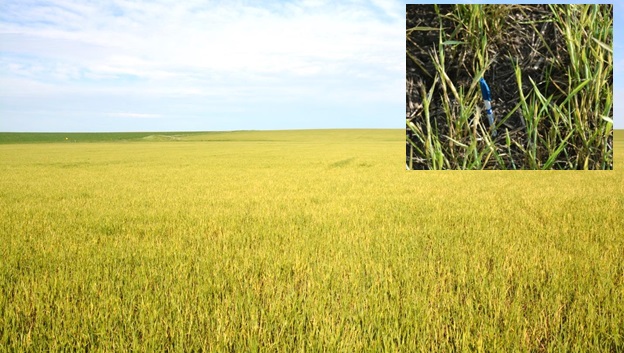
Wheat Streak Mosaic Virus Management: Plan ahead before planting this fall
Have you had a history of moderate wheat streak mosaic disease in your field? Do you plan on planting wheat into wheat stubble or wheat fallow? Have your neighbors had wheat streak mosaic disease outbreaks in the recent past? If you answered yes to any of these questions, you need to incorporate wheat streak mosaic control principles into your management plan before planting winter wheat this fall.
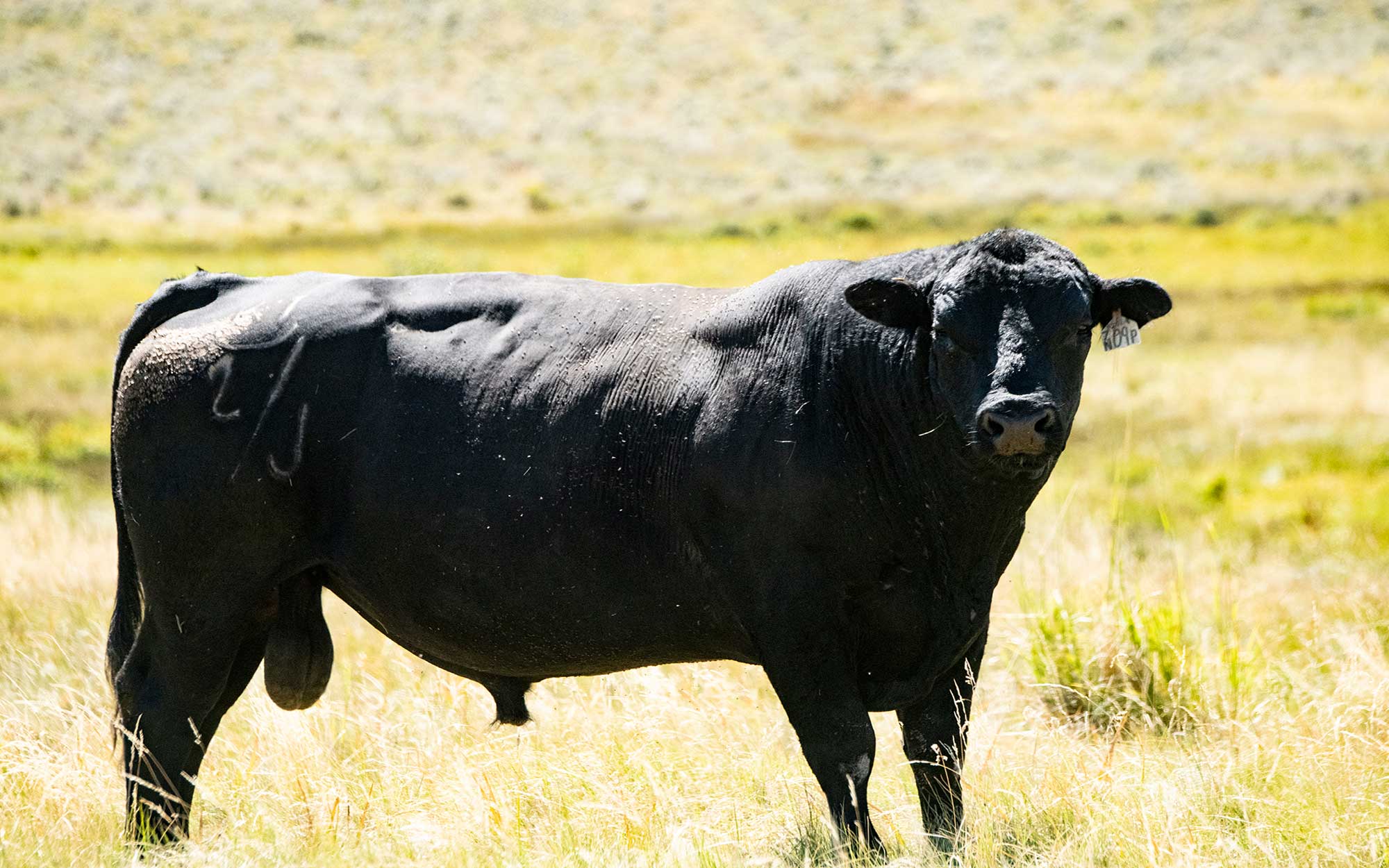
How Many Bulls Do You Need When Synchronizing With Natural Service?
The use of estrous synchronization with natural service provides an opportunity to utilize the benefits of synchronization. However, the first question producers ask is, “How many more bulls do I need?”

Soybean Gall Midge: It’s a New Species!
Researchers recently determined that the soybean gall midge, discovered in South Dakota in 2015, is actually a previously undocumented species. The origin of the new species, Resseliella maxima Gagné, is still unknown.